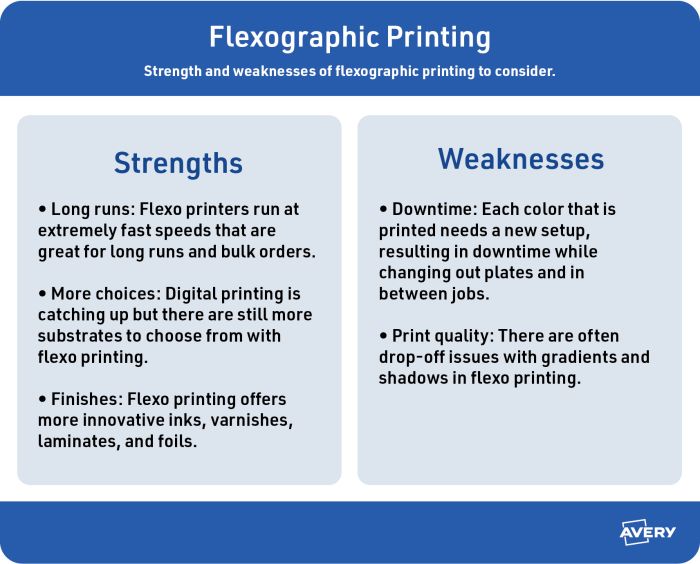Digital Printing for Dummies
Digital Printing for Dummies
Blog Article
The Digital Printing Statements
Table of ContentsThe Only Guide for Digital PrintingWhat Does Digital Printing Mean?Rumored Buzz on Digital PrintingNot known Incorrect Statements About Digital Printing Getting My Digital Printing To Work
Unlike conventional balanced out printing, which depends on mechanical procedures, electronic printing utilizes sophisticated innovation to create high-grade prints. One of the vital benefits of electronic printing is its.The fluid ink or printer toner sticks equally to the paper surface area, leading to dynamic and true-to-life colors. Consistency is another considerable benefit used by electronic printing. Unlike balanced out printing, where variants can occur due to factors like plate wear and ink thickness variations, electronic printers continually supply high-quality prints from the very first page to the last.
Additionally, digital printing enables for higher adaptability in regards to personalization and customization. With variable information printing capacities, each published piece can be tailored separately with special text, pictures, or styles without compromising top quality. Digital Printing. This level of customization opens up new possibilities for targeted advertising campaigns and individualized communication with customers

The 4-Minute Rule for Digital Printing
With electronic printing, each print is generated independently based on need. Typical countered printing calls for extensive setup time before production can start.
These processes consume both time and energy resources. On the other hand, digital printing has very little configuration demands. The process entails moving digital data straight to the printer without the demand for plate preparation or shade adjustments. Because of this, much less power is eaten during arrangement, decreasing environmental impact. Since electronic printers do not need lengthy warm-up times like their countered equivalents do, they take in less electricity overall.
Digital printers utilize environmentally pleasant inks and printer toners that have lower levels of unstable organic compounds (VOCs) compared to traditional offset inks. VOCs are chemicals that add to air pollution when released into the ambience. Along with having lower VOC content, lots of digital printers likewise utilize water-based inks instead of oil-based ones discovered in countered printers.
Getting The Digital Printing To Work
Making use of environmentally friendly inks and printer toners in digital printing guarantees that the printing procedure has a reduced influence on air quality and promotes a healthier working setting for printers and printing shop employees. In final thought, digital printing uses many benefits over traditional offset printing (Digital Printing). It is a cost-effective service that enables organizations to save cash on printing expenditures
The faster turn-around times provided by electronic printing give services the possibility to fulfill tight target dates and respond promptly to market demands. One of the vital advantages of digital printing is its enhanced flexibility and customization choices. This enables services to customize their printed products according to their distinct demands and preferences.
A: Digital printing uses faster turn-around times since it needs very little arrangement and preparation contrasted to counter printers. A: Yes, digital printing is more green than offset printing as it reduces waste and eliminates the requirement for chemicals typically used in typical techniques.
Welcome the benefits of electronic printing today and unlock its potential to improve your marketing initiatives. Note: The above final thought section has actually been created following the provided standards for a professional final thought on electronic printing presses. Nevertheless, please note that some asked for writing styles, such as jargon, idioms, or colloquial language, might not appropriate in this context.
The Basic Principles Of Digital Printing
Offset and electronic printing are both most famous printing methods for layout tasks. The additional hints differences in between them are wide-ranging, from adaptability and waste to the cost ratio of longer or shorter production runs. Though conventional offset printing and electronic printing are useful methods, each has benefits and negative aspects. Selecting the much better printing process will eventually depend upon your job's certain requirements.

The equipment's set-up expenses are high at first, added systems come to be relatively less expensive as the quantity boosts. Countered printing enables a broad variety of print products to click for info be made use of throughout production. It allows the printer to utilize various paper types, personalized surfaces, and various inks. The top notch images generated with countered printing make it the recommended method, specifically among visuals designers, when seeking the greatest shade recreation, detail, and professional-looking prints.
Little Known Questions About Digital Printing.
For digital inkjet printing, ink is transferred directly onto the surface. Rather than depending on aluminum plates and rubber blankets to transfer an image, electronic printing utilizes liquid ink throughout manufacturing.

Report this page